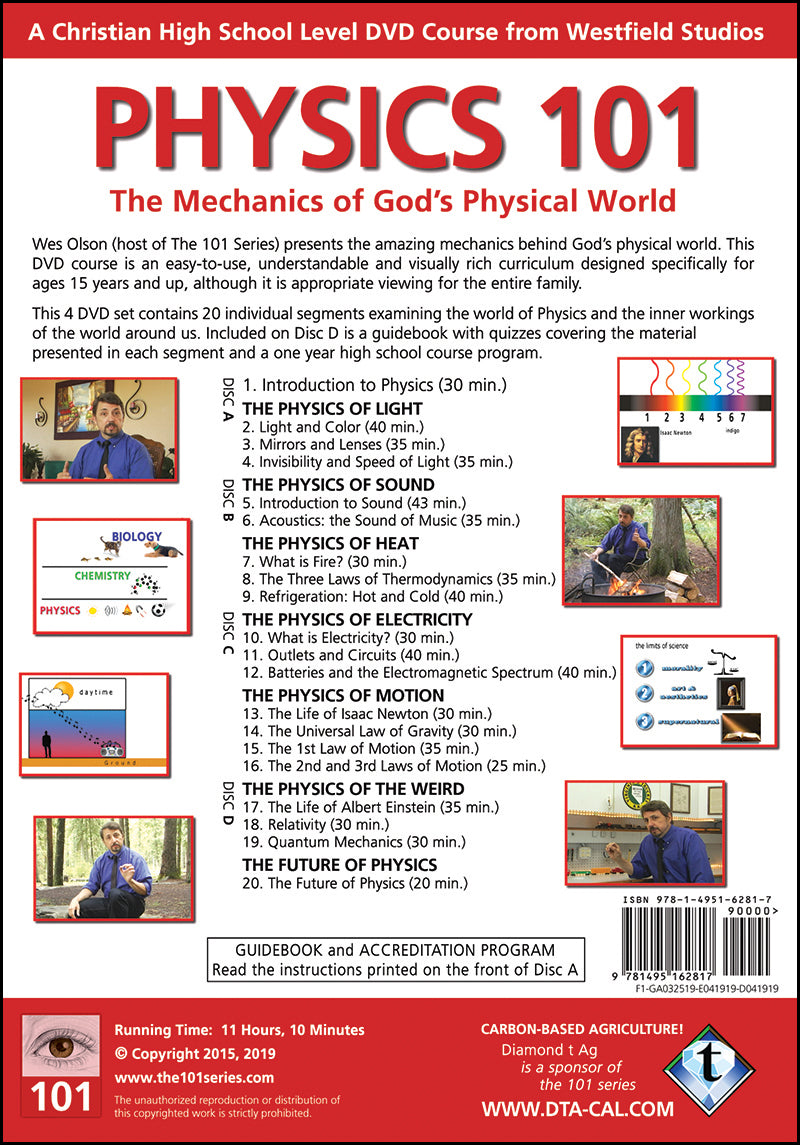

(credit: GIS, Social, Mobile Tech Images) GPS uses physics equations to determine the driving time between two locations on a map. One specific feature of an iPhone is the GPS function. Engineers use their knowledge of physics to construct an iPhone with features that consumers will enjoy. Physics describes the way that electricity flows through the circuits of this device. When you use a GPS device in a vehicle, it utilizes these physics equations to determine the travel time from one location to another.įigure 1.3 The Apple “iPhone” is a common smart phone with a GPS function. Physics describes the relationship between the speed of an object, the distance over which it travels, and the time it takes to travel that distance. This knowledge helps engineers select the appropriate materials and circuit layout when building the smart phone.

Physics describes how electricity interacts with the various circuits inside the device. In fact, almost everything around you can be described quite accurately by the laws of physics. Physics aims to describe the function of everything around us, from the movement of tiny charged particles to the motion of people, cars, and spaceships. The concern for describing the basic phenomena in nature essentially defines the realm of physics. Physics is concerned with describing the interactions of energy, matter, space, and time, and it is especially interested in what fundamental mechanisms underlie every phenomenon. Scientists are continually trying to expand this body of knowledge and to perfect the expression of the laws that describe it. Science consists of the theories and laws that are the general truths of nature as well as the body of knowledge they encompass. This module discusses the realm of physics (to define what physics is), some applications of physics (to illustrate its relevance to other disciplines), and more precisely what constitutes a physical law (to illuminate the importance of experimentation to theory).
#College physics 101 tutorials professional
These analytical skills will help you to excel academically, and they will also help you to think critically in any professional career you choose to pursue. More importantly, you will gain analytical abilities that will enable you to apply these laws far beyond the scope of what can be included in a single book. In learning to apply these laws, you will, of course, study the most important topics in physics. The unifying aspect of physical laws and the basic simplicity of nature form the underlying themes of this text. Apparently unrelated topics are connected through broadly applicable physical laws, permitting an understanding beyond just the memorization of lists of facts. Understanding this law makes it easier to learn about the various forms energy takes and how they relate to one another. The law of conservation of energy (which says that energy can change form but is never lost) ties together such topics as food calories, batteries, heat, light, and watch springs. For example, what do a bag of chips and a car battery have in common? Both contain energy that can be converted to other forms. It is the underlying order of nature that makes science in general, and physics in particular, so enjoyable to study. We have found that nature is remarkably cooperative-it exhibits the underlying order and simplicity we so value. As humans, we make generalizations and seek order. In the face of all these details, we have discovered that a surprisingly small and unified set of physical laws can explain what we observe. From the flight of birds to the colors of flowers, from lightning to gravity, from quarks to clusters of galaxies, from the flow of time to the mystery of the creation of the universe, we have asked questions and assembled huge arrays of facts. Over the centuries, the curiosity of the human race has led us collectively to explore and catalog a tremendous wealth of information. Every day, each of us observes a great variety of objects and phenomena. The physical universe is enormously complex in its detail. Figure 1.2 The flight formations of migratory birds such as Canada geese are governed by the laws of physics. Textbook content produced by OpenStax is licensed under a Creative Commons Attribution License. We recommend using aĪuthors: Paul Peter Urone, Roger Hinrichs Use the information below to generate a citation. Then you must include on every digital page view the following attribution:

If you are redistributing all or part of this book in a digital format, Then you must include on every physical page the following attribution: If you are redistributing all or part of this book in a print format, Want to cite, share, or modify this book? This book uses the


 0 kommentar(er)
0 kommentar(er)
